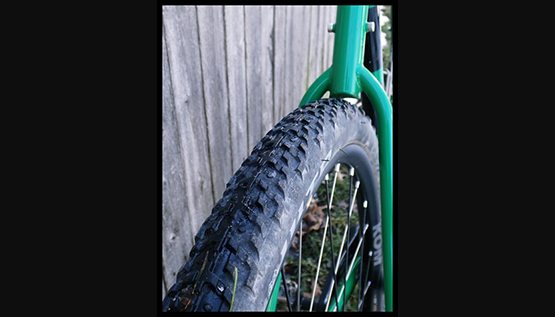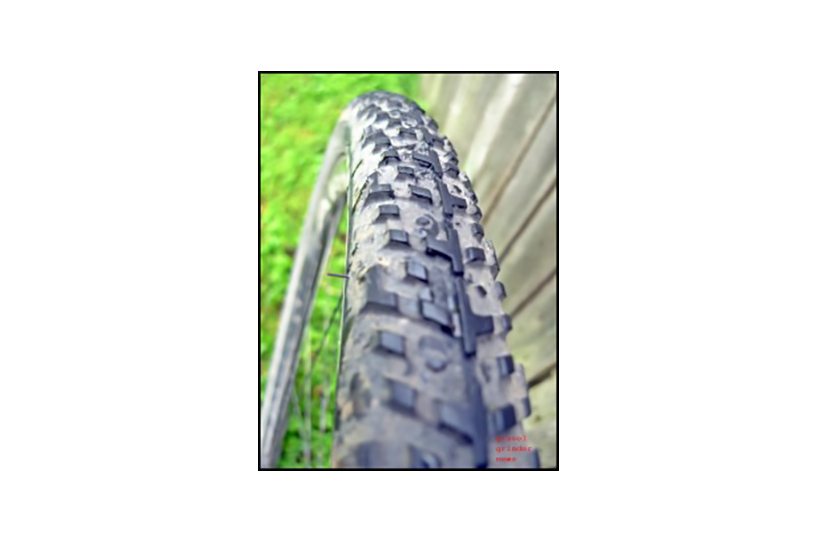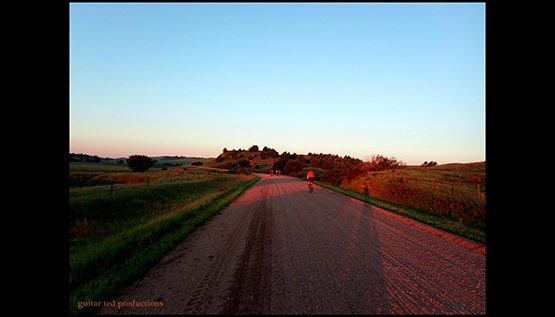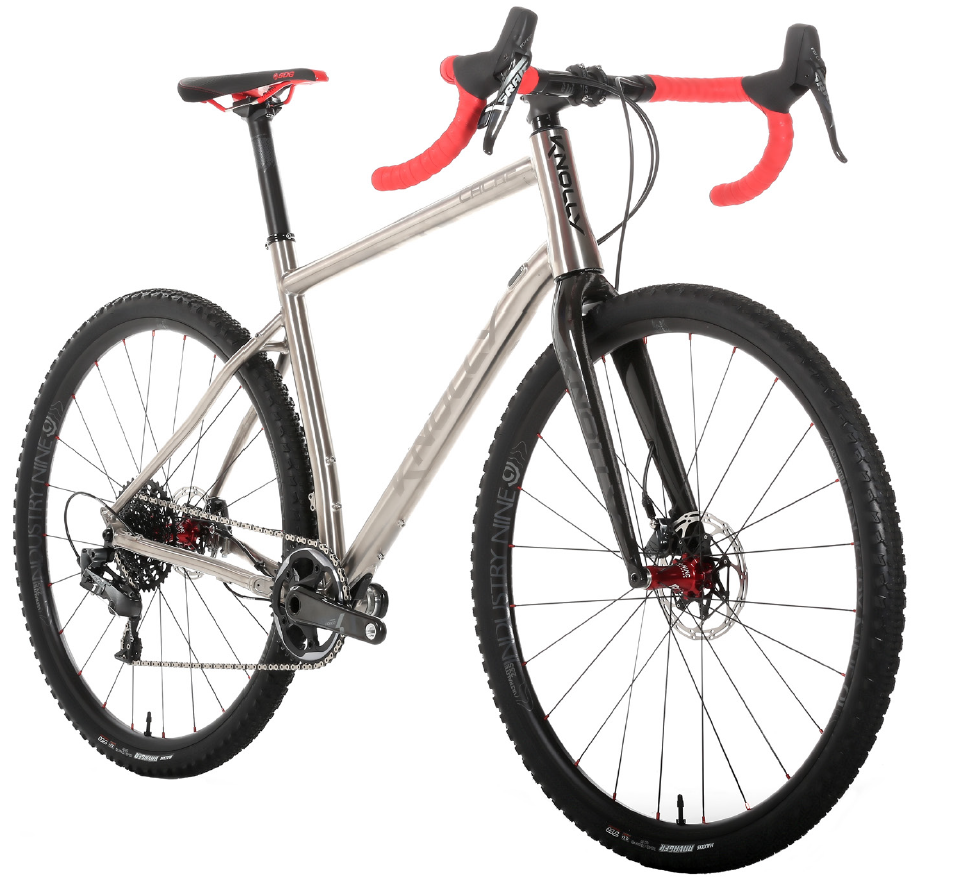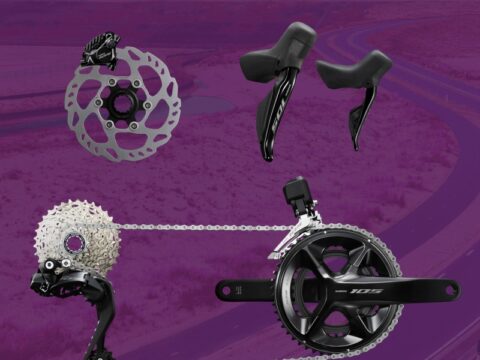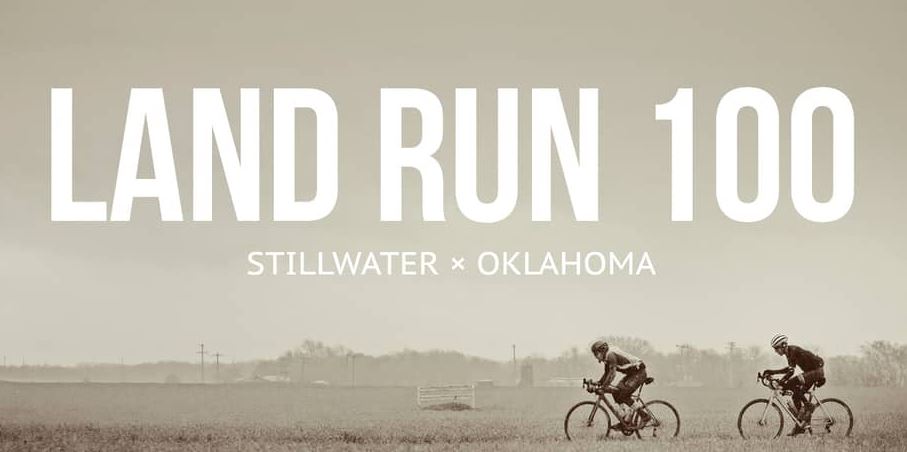There are certainly a lot of gravel road based events out there now, but perhaps you are wondering how you might be able to put one on in your area. It seems like it is a daunting task, but in reality, it can be super simple for anyone that has a passion for getting people together on bicycles to do. In this post I’ve laid out five points for you to consider to help you on your way to facilitating your first gravel ride, or perhaps a full blown gravel race. These are just pointers, and in no way is this an unabridged way to do things. However; I’ve set up events ranging from the 300 plus mile Trans Iowa to simple group rides and everything in between for the last 10 plus years. So, there should be a few essentials here for anyone looking to produce their own version of a gravel road based bicycle event.
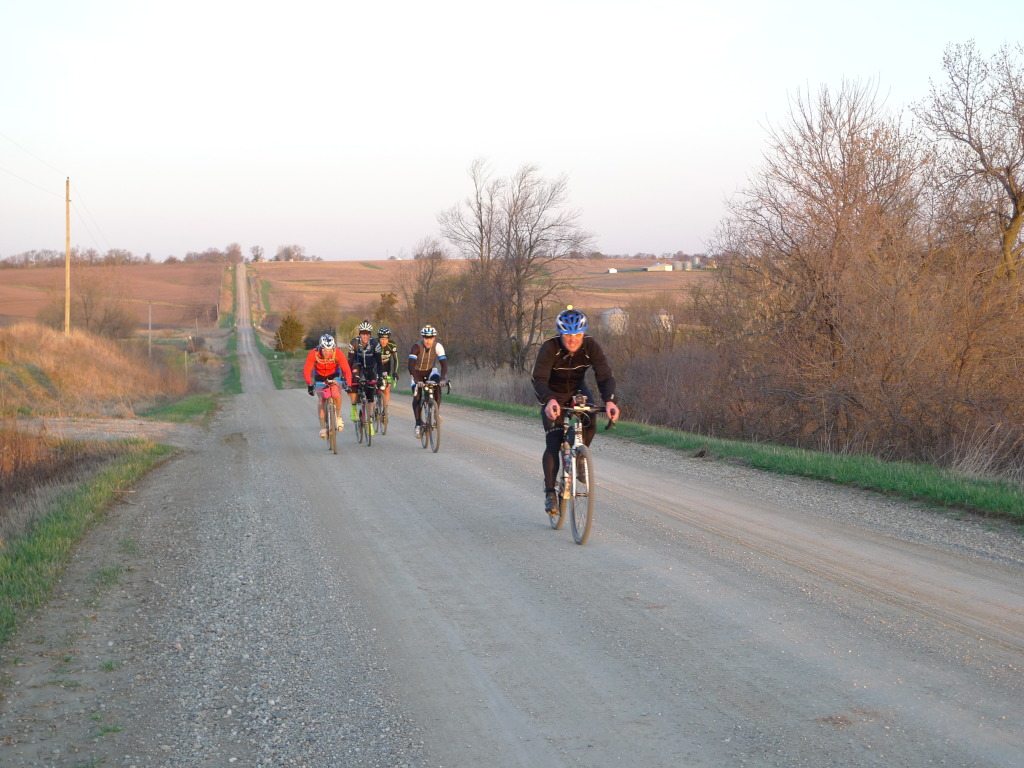
#1: Decide What Format You Will Use:
Contemplating a gravel event? Try to feel out what you think would be cool. What drives you? What would you want to see in an event, or while riding an event? It doesn’t have to be complicated either. Just getting out to see a few cool things you know about and want to share is reason enough to get folks out there to ride. Perhaps your ambitions run higher, but I would advise to keep things simple, fun, and within reason for yourself. The event won’t work well, or at all, if you are not having fun, are not getting something out of it, and are not 100% into it. Keeping things doable but tough for riders always is a good measuring stick. Decide if you want to do a point to point, (tougher logistically) or a loop, (easier to manage), or do you want to have a race or just a group ride for fun. Decide upon whether or not you are going to charge for your event for riders to attend, or if you want to subsidize the experience for riders out of pocket and with your time. The previous decisions may prompt you to decide on whether or not you need insurance. You will need to have waivers if your event is a race or large ride. That said, just getting a small group ride together is a lot less complicated and free from red tape. Once you’ve dialed in the format and reasons for your ride, you are ready to move on to the next stage.
#2: Setting Up A Challenge:
This is related to the first step, but deserves its own mention because this will set your course of action going forward as an event director. If you want to set up an “ultra-challenge”, for instance, on the scale of a 100 mile and up distance for the event, that will dictate a lot of parameters going forward for you. Oh! You thought setting up a challenge was about the riders? No- it isn’t just about the riders. There is a challenge to you as an event director to produce a fine experience for those that come to ride. So, push yourself but don’t bite off more than you can chew. See if you have resources to draw from. Being a member of a cycling club can help, but you and a few buddies can also do a lot. The bottom line is to commit to doing your due diligence and to attend to the fine details. If you are passionate enough and committed enough, it will happen. Of course, setting up a challenge does have something to do with what you want to set out for the riders. Do you want to challenge the tougher riders, or do you want to challenge new people to try something they may have never thought of doing before? You can do both in the same event, or separately. Picking a distance to tackle, an area’s terrain, and time of year all should play into this decision. All work together, along with the weather, to dictate the type of challenge you want to present to the riders. Finally- Remember, if anyone can do it- it isn’t a challenge. Having some folks not finish, in most cases, is okay. In fact, some folks have a more meaningful experience when they cannot tackle a certain event.
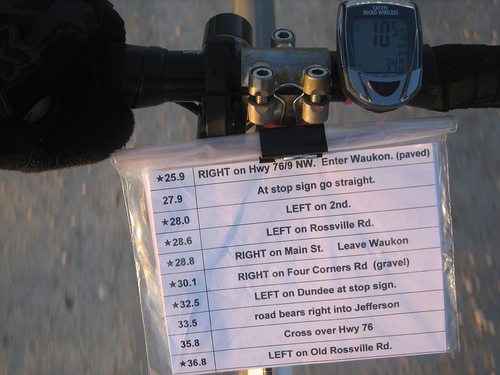 #3: Which Way To Go?
#3: Which Way To Go?
Route finding might be the most enjoyable part of putting on an event for me. I love maps and looking at them. Maybe you do too, but if not, don’t worry. There are more ways than one to find a suitable route. The first place to check is with the Government. There are BLM maps for the West, DOT maps for most of the rest of us, and even county, geological offices, and Department Of Natural resources maps can be employed. Most of the time, these are free and on-line resources.
Google Maps is another easy way to check out route possibilities. Atlases and paper maps, when available, are always good places to start. That said, you could always just drive around or explore by bicycle. Just keep track of where you have been!
Once you’ve decided upon a route, you’ll need to actually ride it, or drive it in its entirety. In my ten plus years of experience, I have found that nothing beats actually looking at your route. You will probably make changes based upon either what you see, or what actually exists out there. If there is one take away from this, always remember that despite our technology, almost every map or route resource you will find is incorrect in some way. You absolutely need to look at your route, in my opinion. You owe it to your riders to do this.
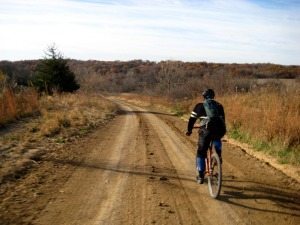
Making your route rideable and followable can be done in a few ways:
- Guide it Yourself: A “no drop” group ride is always an easy way to guide folks around a course. If your aim is to simply “get out there” with others, this may be the best way to do things.
- Mark The Course: This can be a good way to guide folks around a course, but it can get tricky in some rural areas and on longer courses. Pitfalls can come in the form of inconsistent course marking techniques, weather related marker damage, or from local ne’re-do-wells removal of course markers before your event.
- Create Cue Sheets: It’s a little more work, but a good set of hand written or printed cues in an easy to understand format can be a safe and effective way to get anyone around your course. Different cue sheet formats exist and several examples can be found by searching the internet.
Other Considerations: Getting folks opportunities to resupply on longer rides needs to be figured out. If there are no towns or villages to draw resources from, perhaps drop bags, cached supplies, or aid stations may need to be employed. Another consideration is how to deal with those situations where folks break down either physically, mentally, or mechanically. A way to drop out of an event in these cases, whether the responsibility of each rider, or the event, needs to be communicated and effectively applied. Timing of the event needs to be figured out as well. It is a good thing to communicate the duration of an event by the event director ahead of time. This way folks can figure out if they can finish your route or not in the allotted time.
#4: Creating Expectations:
Managing expectations and clearly defining rules, (or lack thereof), is paramount. This falls squarely on the event director and these expectations and rules need to be carefully considered. Smaller rides maybe suffer from this more since the organizers think things will be “no big deal“, but that’s never an assumption you should make. Make sure riders know how to act, what they can expect from you, what they shouldn’t expect from you, and what they should expect from themselves. Communicate rules of the road or special course circumstances up front. Time cut offs, checkpoints, aid stations, drop bags, or any pertinent info needs to be clearly communicated. Rules and expectations are not as tough as they sound to come up with- just make them be things you would expect of yourself on the ride. Be fair, and be clear. Communicating expectations and rules up front makes dealing with unpleasant situations later much easier. Trying to enforce expectations and rules after the fact never works.
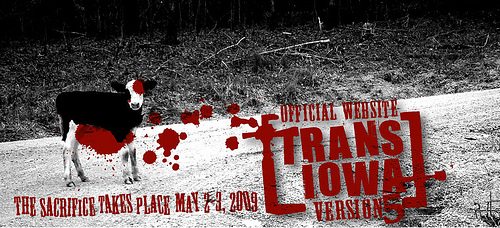
#5: Getting The Word Out:
It doesn’t do a lot of good to do all the work ahead of your event if nobody knows about it. So how do you communicate your event coming up? One way is to do that right here on Riding Gravel.com with our event calendar. There is a simple form you can fill out available at the bottom of the page or way up at the top you’ll see a “Submit Event” button you can click on. We have tons of eyes coming to our calendar, the first and most comprehensive of its kind anywhere, so this would be a good start. A good ol’ Blogger page or WordPress website can be easily set up and better yet, those are free. Of course, if it pleases you, a full blown, professional webpage can be created as well, but that certainly is not necessary.
One thing I’ve noted in a lot of event presentations is the lack of basic, necessary details. Here are the things you MUST have clearly shown on your event page:
- WHAT – The Name Of The Event
- WHEN – The event will take place along with a TIME for the start.
- WHERE – The event will take place in detail. Directions to a rural spot are always a good thing if that is where the start will be.
- HOW- Tell folks how to register, what to pay, if anything, and if there are classments, explain them so folks won’t have to wonder what to enter as.
- RULES & EXPECTATIONS – As stated above.
A Few Words about Facebook:
I know many folks like to click a button, add a few details and call a Facebook page “good enough”, but that cuts out a lot of people from the pie. Having a Facebook page is good, but having a Facebook page AND an event page, AND an entry on the Riding Gravel calendar will get you more looks than Facebook alone will ever get you.
That should get you off and running, but if you’d like to hear about more event planning ideas and the “nuts and bolts” of getting started with an event, perhaps give the Riding Gravel Radio Ranch Podcast #2 a listen. About halfway through there is a lot of tidbits concerning this very topic which would be worth your while.
Discuss and share your questions or thoughts about gravel events, bikes, and anything else on the Riding Gravel Forum.




